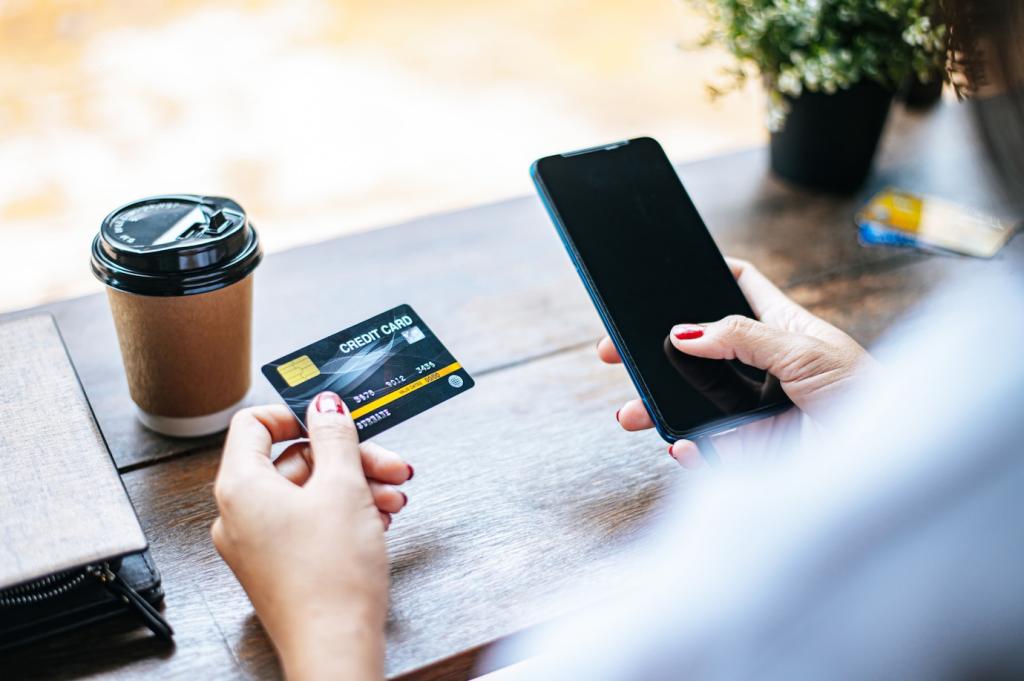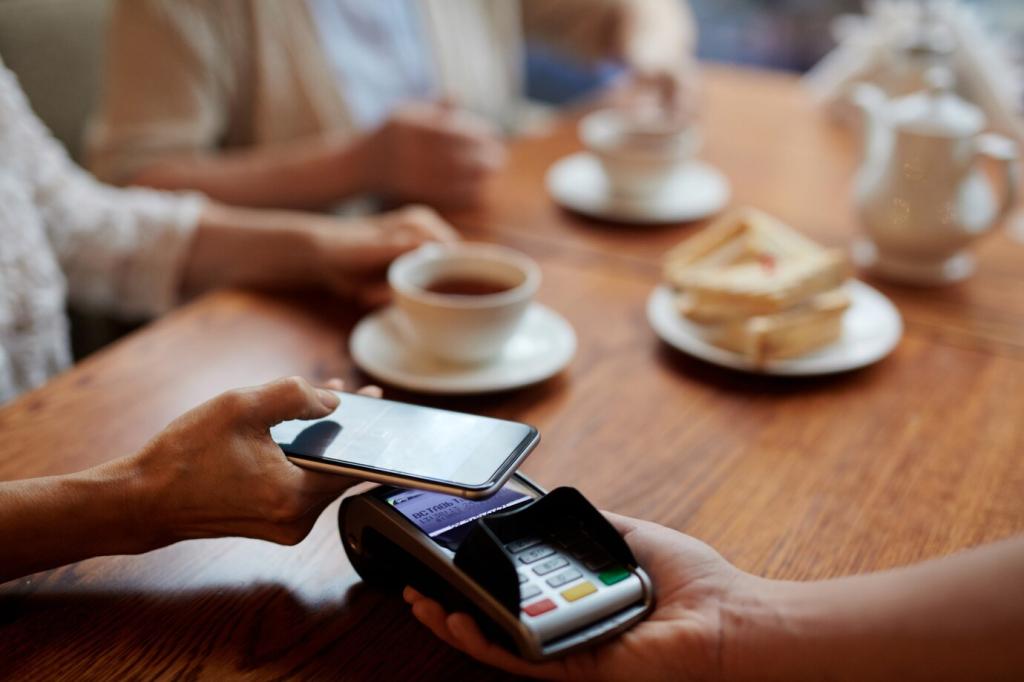Compliance and Interoperability Without Compromise
Use trusted attestations and verifiable credentials so identity checks happen once, then travel as proofs rather than raw documents. Mobile wallets can request just enough data for the context, reducing exposure while keeping regulators confident that rules are actually enforced.
Compliance and Interoperability Without Compromise
Mapping ISO 20022 fields to on-chain metadata enables richer remittance information and cleaner reconciliation. Mobile apps can surface standardized messages, while contracts enforce payment terms. Interoperability stops being a promise and becomes a practical, tested bridge across systems.







